Since 2019, it is permitted to use thermal and night vision scopes when hunting wild boar in Sweden.
Some scopes "see" heat radiation, others convert invisible infrared light to a visible image. We tested seven thermal sights.
FACTS
Since 15 May 2019 the Swedish law allows hunters to use night vision, image intensifier. Image converter thermal imager or variable lighting mounted on weapons used for hunting wild boar. Thermal sights may be used for hunting wild boar on a feeding place or in open terrain. You may not use night vision or thermal in hunting other game. They may be used for searching on wounded game.
The new law differs between thermal sights and other night visions. The thermal sights are only allowed to be used on open terrain like fields or on feeding places for wild boars. The reason for that is that the technique is considered to give worse prerequisites to assess the surrounding terrain, e.g. such as among vegetation that can affect the bullet and to see where the bullet trap is. Certainly there is basis for that when the distance is growing. There is also a clear difference between the sights. The best models show the landscape well and allows you to assess the bullet trap.
Short depth of field
Under good conditions thermal sights can reveal small branches but that decreases as the distance increases. The hunter may adjust the focus to the objects and that may vary so the branches will disappear. The other technique, infrared sensors, works with infrared light from a light source and it can be used according to the law to more hunting scenarios. They usually give a more detailed picture of the surroundings close to the hunter. On the other side these sights do not give you the overview on the scenery like the thermal scopes do. You can only see what the light source can illustrate. Sometimes the light source reflects from leaves, trees that are close to the source, which cause a bright light in your scope. And when the object is further away so the light source is not strong enough, the picture will appear blurry and weak. There are both benefits and disadvantages in the most common night vision techniques.
Where do you hunt?
The option on night vision relies where and how you hunt. If you hunt at night in broken terrain the Swedish law demands that you use a night vision scope with image tube intensifier or a digital night vision scope with infrared sensor. This means that you can choose among the cheaper digital night vision scopes as they are a lot cheaper than the thermal scopes, in fact Thermal optics takes the prices to new breathtaking levels.
Better search after wounded game.
If you want to survey larger areas quickly the thermal imaging is very difficult to beat. It will also reveal whether there are other wild animals in the vicinity of the one you intend to shoot. Good thermal sensors will simply everything, from wild boars to mice. They can even help you find blood and heat trails.
SVENSK JAKT HAS TESTED
We have not hunted with the sights in the test. However, they have been tested at night at Öster Malmas game enclosure, where we were able to calmly compare them against each other and look at how they perform in the terrain and be used in hunting scenarios.
The quality of the picture gives the higher points in this test. The more details that are visible in the scope the higher score the scope gets.
Many thermal scopes offer a range of functions and finesses. Not all functions are necessary for hunting and only a few functions have been getting points. If we should have written about all the functions the test would be too big for this paper.
This is how the test was performed.
Format
Length, weight, mounting, magnification, field of view, eye relief and so on get no points.
Sensor and screen
There is a lot of information on the scopes ability to deliver a god picture. We couldn’t check them easily so we only report the facts. We clarify the size of the thermal sensor in pixels. If there are facts on pixels pitch in microns we will wright it as well. This is a measure for how much the image is able to zoom without it starting to pixelate. Lower is better. The sensors’ ability to read heat signatures is graded I millikelvin. If we have the facts on that we will wright it as well. Lower is better also in this matter. Underfrequency is stated in hertz. The higher hertz the smoother the picture is perceived for the viewer. We clarify the pixels in the display and what type of display the scope is uses.
Battery
The battery consumption is affected by the usage of the scope and is hard to test fairly. The battery solutions can differ between the brands. Some scopes use internal batteries which will give a longer battery time. Some scopes use interchangeable batteries with more or less performance. We clarify what type of batteries that are used but we don’t give any points for the performance. It’s up to the user to decide how long battery life you need for your type of hunting. If the weather is cold you need to calculate shorter battery life, and also if you use the menu frequently and brightness on high the battery life will reduce.
Picture
This is the core in this test. The scopes where compared against each other in calm situations in a game enclosure and over large fields where there is a lot of game. Scopes with high resolution and high performance should show good results in the test. But we valued the picture with no regard to what we should see. An important part of the test was to observe wild boars in 40 to 60 meters. The experience of the overall picture and details has been evaluated in varying degree of magnification. If we experienced a sharp and nuanced picture and all the details have been easy to distinguish then the highest point for the picture was 15 p. Ability to spot small animals and partially hidden game between 300-400 meters have got the highest point of 5 p.
To spot details on that range was impossible with all scopes but those scopes that could deliver a picture that could show a silhouette that could identify a specific game got the highest point of 3 p and dropped ranking. Species identification was made by behaviors and movement. The possibility to identify ground and bullet trap got the highest point of 5 p. To identify vegetation in front of the game may require focus at different distances. But the sights draw twigs and branches differently clearly and solve the problem differently well. The richness of detail can give a maximum of 3 p. An image that never lags can give a maximum of 5 p. Otherwise deductions have been made in relation to how extensive and disruptive the legislation has been. If the image does not croak when swiping over an area 3 p. If the sight worked completely silently it has got 2 p.
Maximum point for picture: 41
Controls
If the sight is ready to work within a maximum of four seconds from the first key press, it gives 5 p. Thereafter, each four-second period costs one point. The sights are set with buttons, menus and knobs . We considered scoring how easy they were to handle, but decided not to. All are relatively easy to handle when you have learned how to do different steps, but read the manual. It saves time. You will adjust the focus and surely change the magnification and brightness. You probably sometimes work with contrast and sensitivity.
So-called picture in picture (PIP) gives a smaller but higher enlarged picture of goals and guidelines above the ordinary picture of target and reticle. It may initially feel unusual, but gives the advantage that you can fine-tune the small enlarged image while keeping an overview and can perceive animals around your target in the main image. PIP gives 3 p.
The possibility of menu selection for the sight at work in different environments such as forests, cliffs or fields gives 1 p. The possibility to choose between at least 4 different reticles gives 1 p. The ability to select at least two different color scales in the image gives 1 p. At least five different color scales in the image give 5 p.
Maximum point for controls: 12
Zeroing
The sights are generally easy to zero. Go to the correct menu and adjust the hit position there. For some users, it is interesting to be able to save several different zeroings that apply to different weapons, ammunition or distances. Every zeroing that could be saved at the same time gives 1 p, up to 4 p. Some sights can work with ballistic programs that can correct the trajectory of the bullet (possibly via an app). It is not necessarily of great value in a night vision. But gives 1 p.
Maximum points for zeroing: 5 p.
Rangefinder
The distance can be important, but it is difficult to judge in a night vision. If the scope has laser rangefinder it gives 5 p. A simple measuring function based on the size of the game can give 2 p.
Maximum point for rangefinder:5 p
Film and photo
The possibility of photographing or filming can be interesting and can in some cases facilitate a possible search. Image gives 1p. Film gives 2p.
We have not put any value in image or film quality, so if it is interesting to you, it is wise to check the manufacturer's details on format. If the sight has the ability to automatically film and save the shot, it gives an additional 2 p. If that function is easy to activate manually 1p.
Maximum point for film and photo: 5 p.
Maximum total points: 68
| |
 |
 |
| Brand |
Pulsar Thermion XQ38 |
Pulsar Trail 2 LRF XP50 |
| Format |
Length 39.5 centimeters. Weight including battery 860 grams. Tube diameter 30 millimeters. Magnification 2.5-10x. Field of view at minimum magnification 9.8 degrees. Eye distance 50 millimeters. Must withstand a recoil force of 6000 joules. |
Length 34.7 centimeters. Weight including battery pack 880 grams. Delivered with a rail that fits picatinny and weaver heels. Magnification 2-16x (2x optical and up to 8x digital zoom). Field of view at minimum magnification 12.4 degrees. Eye relief 50 millimeters. Must withstand a recoil force of 6000 joules. |
| Sensor & Screen |
The sensor size is 384x288. The sensitivity is ≤ 50, millikelvin. The refresh rate is 50 hertz. Display AMOLED 1024x768. |
The size of the sensor is 640x480. Pixel pitch is 12 micrometers instead of the usual 17. The sensitivity is ≤ 40 millikelvin. The refresh rate is 50 hertz. Display AMOLED 1024x768.
|
| Battery |
The sight has rechargeable batteries. Partly a built-in battery of 3200 mAh, Partly a separate battery pack of 2000 mAh that can be stored in the pocket and protected from cold until needed. Battery up to seven hours. The battery pack is easy to replace and can also be replaced with a more powerful battery pack of 3200 mAh. A special power bank that can provide 20 hours of operating time can also be connected. |
Rechargeable battery pack 6400 mAh. It should provide up to eight hours of operating time. The battery pack is external and can be easily replaced. There is an extra powerful battery to buy that will provide 21-26 hours of operating time. A special power bank can be tilted and can provide up to 20 hours. |
| Picture |
Wild boar of 50 meters gave a clear picture of 2.5x where it was possible to see teats. At higher magnifications, for example against a deer at 128 meters, the image eventually became a bit blurry rather than pixelated. The pictures belonged to the test's better 12 p. The sight is effective when it comes to counting game at 300-400 meters. They light up well, if a little less clearly compared to the test's sharpest sight.4 p. You can retrieve more information by increasing the magnification to around 10x, after which the image becomes more blurred. 2 p. The sight gives a mediocre picture of ground and thus bullet trap. 3 p. The ability to perceive vegetation in front of the game is also relatively good for a thermal sight, provided that you work a little with the focus knob. 3 p. The image lags a bit in connection with automatic calibration. 4 p. It does not hack when you sweep over an area. 3p. The sight makes some clicking noises, but they are comparatively low. 1 p. |
With the wild boar at 50 meters, it was easy to see teats. When something came in at 20 meters, the structure of the fir was clearly visible. Under certain conditions (wild boar in a forest of 120-150 meters just after rain) this sight could give monochromatic and slightly fuzzy silhouettes of game, but as a rule the images were nuanced and sharp for a thermal sight. There is no doubt that the sight gave the test the best image. 15 p. Discovering game at a distance of around 400 meters was a child's play with several sights, but they were most clearly seen here. 5 p. This sight also gave very rough silhouettes at those distances. But it was possible to retrieve more information than with any other aim by increasing the magnification. 3 p. The possibility of getting a picture of land and thus bullet traps is relatively good. 4 p. The ability to perceive vegetation is good for thermal visibility, but not good enough to be 100% secure. 3 p. The image basically only lags during automatic calibration. 4 p. It does not lag when sweeping over an area. 3 p. The sight makes some clicking noise, but low. 1 p. |
| Controls |
The sight is ready to work approximately 6 seconds after the push of a button. 4 p. It is basically easy to set the focus on the reticle and image, but the focus knob is far forward and runs a bit sluggish. It is easy to change the magnification by jumping with a button or changing smoothly with a steering wheel. Brightness and contrast change easily in a context menu and the sensitivity of a menu. PIP is available. 3 p. The sight has settings with quick selection for work in different environments, e.g. forest and rocks. 1 p. Automatic calibration or simple manual calibration. Ten different reticles. 1 p. Eight color scales. 2 p. Some features including ballistics software via the Stream Vision app.
|
The sight is ready to work around three seconds after the push of a button. 5 p. The focus of the target and the image are easily placed on the eyepiece ring and a knob on top of the lens. Magnification can be stepped with a button. 2x, 4x, 8x, 16x, or smoothly regulated via a context menu. Where brightness and contrast can also be changed, sensitivity via the regular menu. PIP is available as an alternative. 3 p. The sight has ready-made profiles for work in different environments. 1 p. It can be calibrated automatically or manually. Ten different remedies. 1 p. Seven different color scales. 2 p. Some features including ballistics software via the Stream Vision app. |
| Zeroing |
It is possible to save five different insertion profiles with ten distances.4p. Ballistics program via app.1p. |
It is possible to save five different insertion profiles with ten distances. 4 p. Ballistics program via app. 1 p.
|
| Rangefinder |
The sight has a rangefinder function based on the size of the game. 2 p.
|
Laser rangefinder that goes to 1000 meters. 5 p. |
| Film and Photo |
The sight can take stills or film and is easy to activate with the push of a button. 4 p. Uses internal memory.
|
The sight can take stills or film and is easy to activate with the push of a button. 4 p. Uses internal memory. |
| Opinion |
A very coarse-grained sight in a relatively slim format. It is easy to use and gives a good image. It is the only sight in the test whose image eventually feels blurry rather than pixelated when the magnification is raised.
|
Test winner! This is a sight with impressive performance in all respects and a user-friendly design. If I wish for something, it would just be a greater variation in the shape of the buttons, To make it even clearer that you press the right button in the dark. |
| |
Total: 54 p
|
Total: 64 p |
Source - SvenskJakt
 Thermion 2 LRF XL50
Thermal Imaging Riflescope
Thermion 2 LRF XL50
Thermal Imaging Riflescope
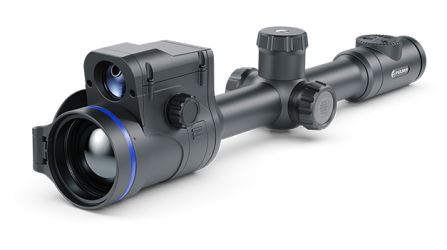 Thermion 2 LRF
Thermal Imaging Riflescopes
Thermion 2 LRF
Thermal Imaging Riflescopes
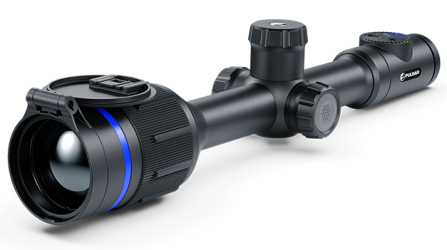 Thermion 2
Thermal Imaging Riflescopes
Thermion 2
Thermal Imaging Riflescopes
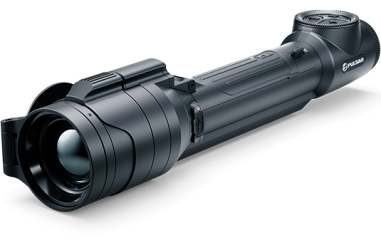 Talion
Thermal Imaging Riflescopes
New
Talion
Thermal Imaging Riflescopes
New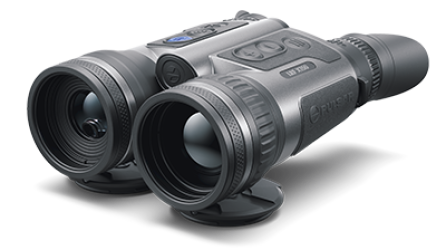 Merger LRF XT50
Thermal Imaging Binoculars
Merger LRF XT50
Thermal Imaging Binoculars
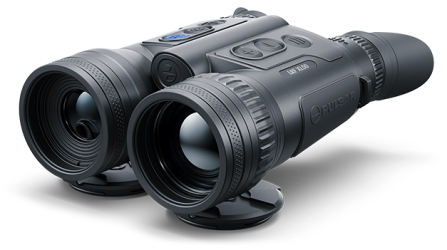 Merger LRF XL50
Thermal Imaging Binoculars
Merger LRF XL50
Thermal Imaging Binoculars
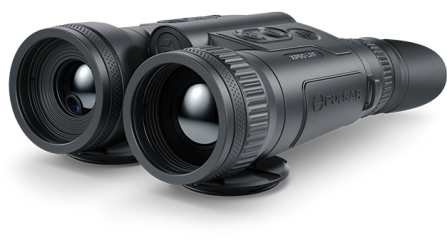 Merger LRF XP50
Thermal Imaging Binoculars
New
Merger LRF XP50
Thermal Imaging Binoculars
New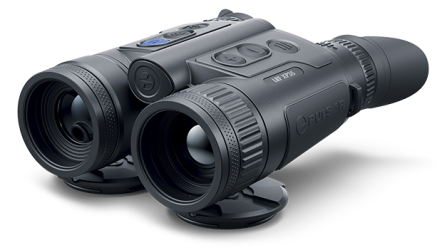 Merger LRF XP35
Thermal Imaging Binoculars
Merger LRF XP35
Thermal Imaging Binoculars
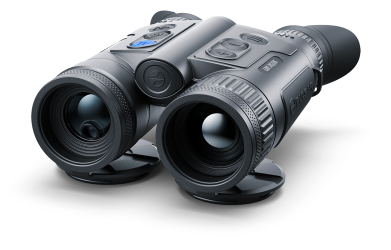 Merger LRF XQ35
Thermal Imaging Binoculars
New
Merger LRF XQ35
Thermal Imaging Binoculars
New Telos
Thermal Imaging Monoculars
New
Telos
Thermal Imaging Monoculars
New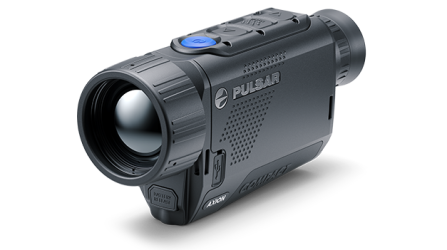 Axion Compact
Thermal Imaging Monoculars
Axion Compact
Thermal Imaging Monoculars
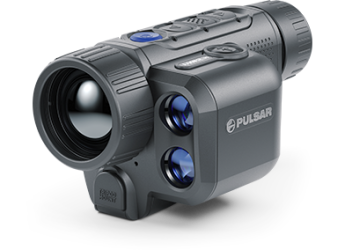 Axion 2 LRF
Thermal Imaging Monoculars
Axion 2 LRF
Thermal Imaging Monoculars
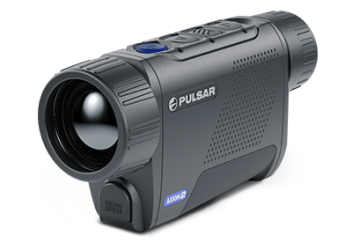 Axion 2
Thermal Imaging Monoculars
New
Axion 2
Thermal Imaging Monoculars
New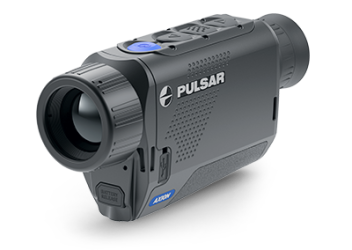 Axion XQ30 PRO
Thermal Imaging Monoculars
Axion XQ30 PRO
Thermal Imaging Monoculars
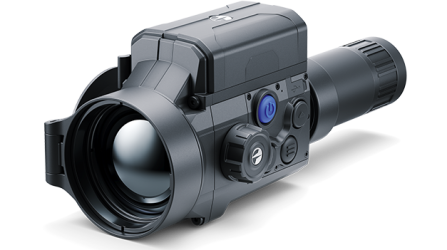 Krypton 2
Thermal Imaging Monocular
Krypton 2
Thermal Imaging Monocular
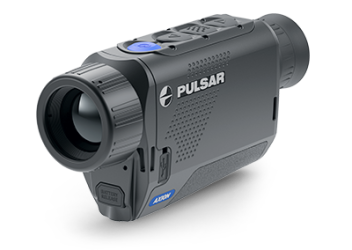 Axion XM30F
Thermal Imaging Monoculars
Discontinued
Axion XM30F
Thermal Imaging Monoculars
Discontinued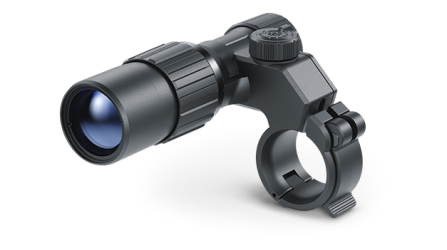 Pulsar Digex-XS
External Infrared Illuminators
Pulsar Digex-XS
External Infrared Illuminators
 APS Batteries
Battery Packs
APS Batteries
Battery Packs
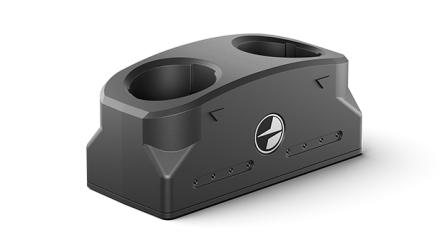 APS Chargers
Battery Chargers
APS Chargers
Battery Chargers
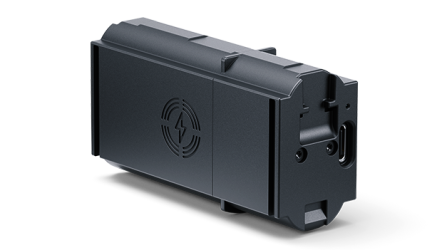 LPS 7i Battery Pack
Battery Packs
LPS 7i Battery Pack
Battery Packs
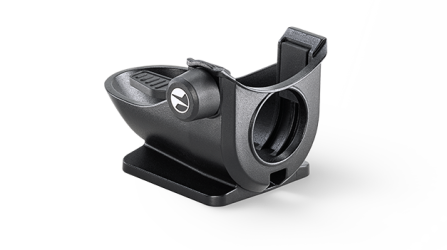 Telos LRF Tripod Adapter
Pulsar Accessories
Telos LRF Tripod Adapter
Pulsar Accessories
 IPS Batteries
Battery Packs
IPS Batteries
Battery Packs
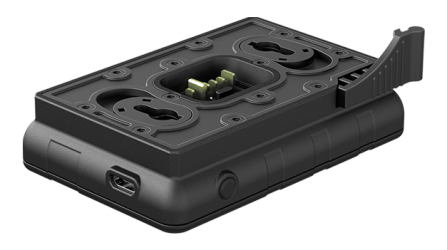 IPS Battery Charger
Battery Charger
IPS Battery Charger
Battery Charger
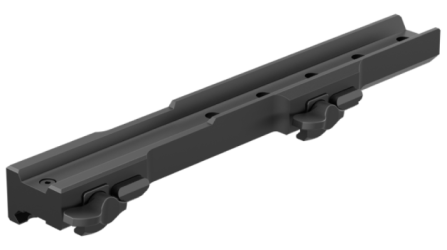 Rifle Mounts
for Pulsar Riflescopes
Rifle Mounts
for Pulsar Riflescopes
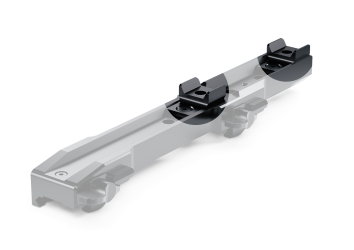 H7 Spacers
Repair Kits
New
H7 Spacers
Repair Kits
New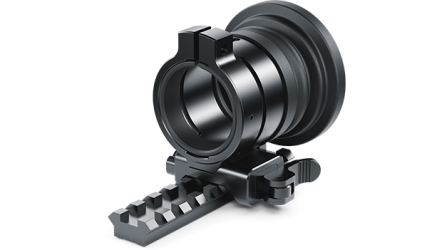 PSP-V Weaver Rail Adapter
Adapter
PSP-V Weaver Rail Adapter
Adapter
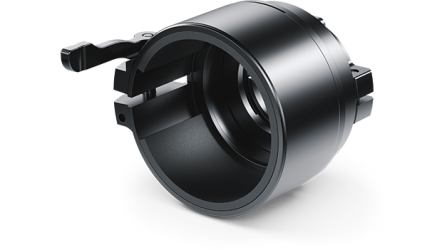 PSP Ring Adapters
Adapters
New
PSP Ring Adapters
Adapters
New PSP-B Ring Adapters
Ring Adapters
PSP-B Ring Adapters
Ring Adapters
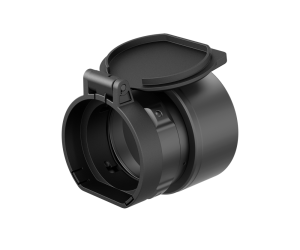 FN Adapters
Cover Ring Adapters
FN Adapters
Cover Ring Adapters
 Remote Controls
for digital devices and thermal imagers
Remote Controls
for digital devices and thermal imagers
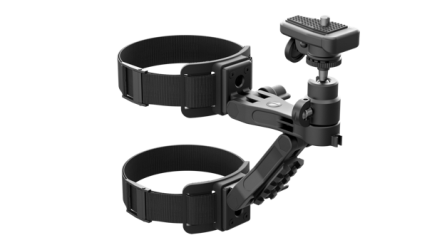 Tree mount
Pulsar Accessories
Tree mount
Pulsar Accessories
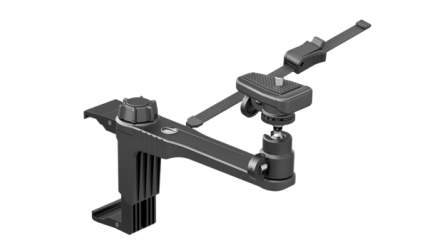 Window Frame Mount
Pulsar Accessories
Window Frame Mount
Pulsar Accessories
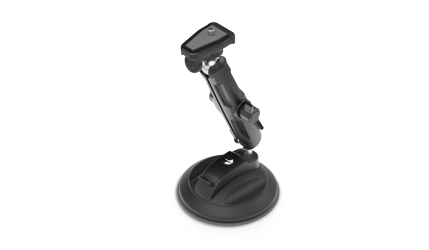 Flat Glass Mount
Pulsar Accessories
Flat Glass Mount
Pulsar Accessories
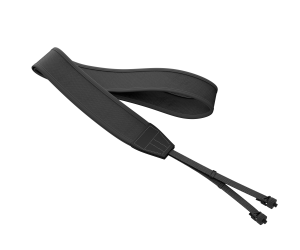 Neck Straps
Accessories
New
Neck Straps
Accessories
New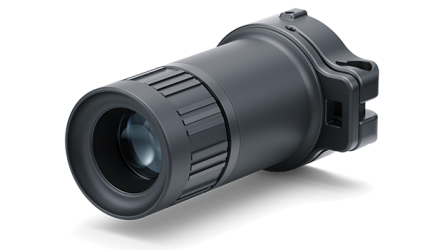 Monocular Pulsar 3x20 B
Accessories
Monocular Pulsar 3x20 B
Accessories
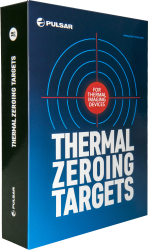 Thermal Zeroing Targets
Accessories
Thermal Zeroing Targets
Accessories









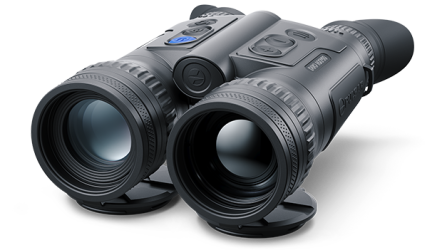
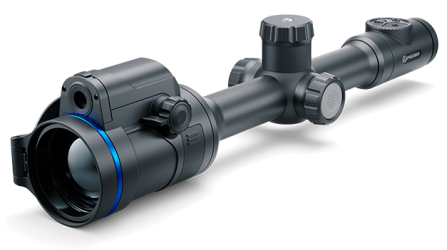
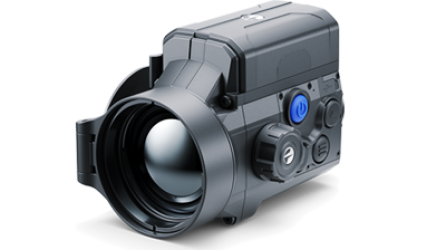
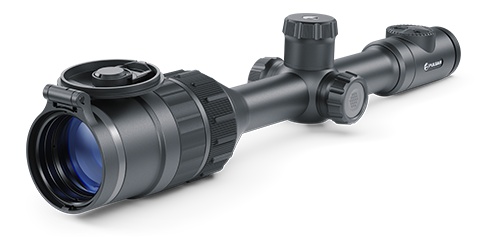
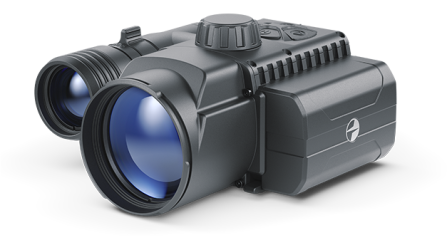
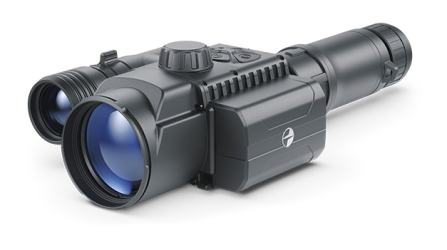



 English
English German
German French
French Spanish
Spanish Italiano
Italiano English
English Lietuvių
Lietuvių

